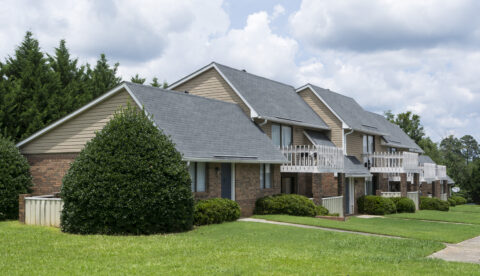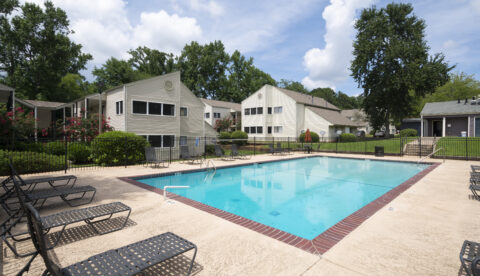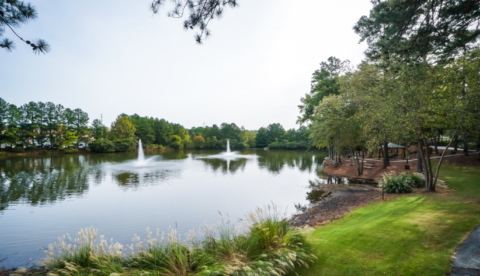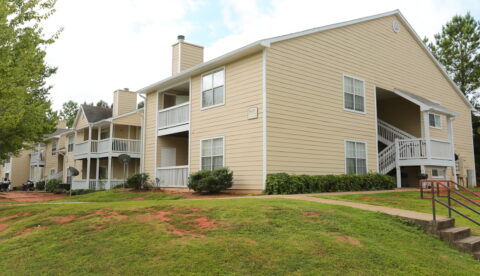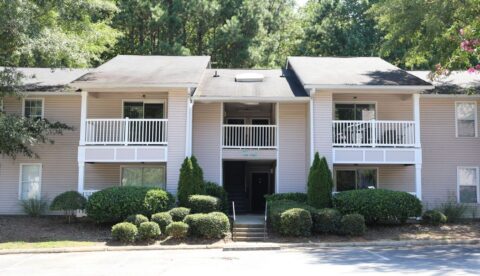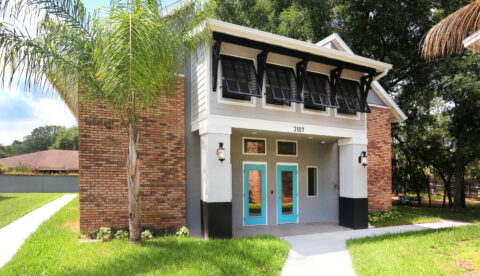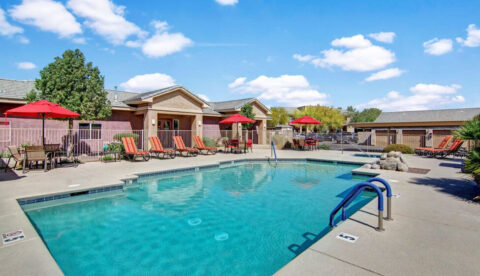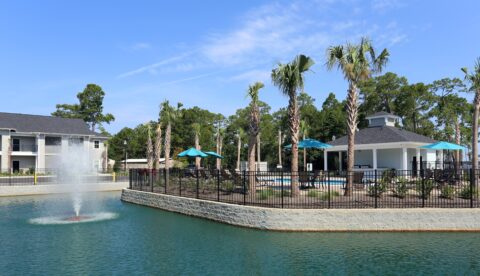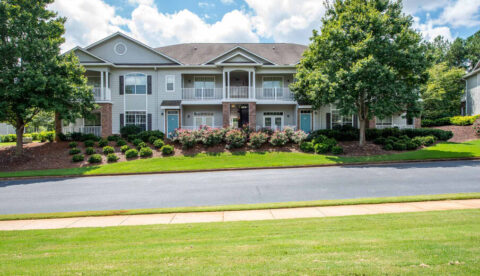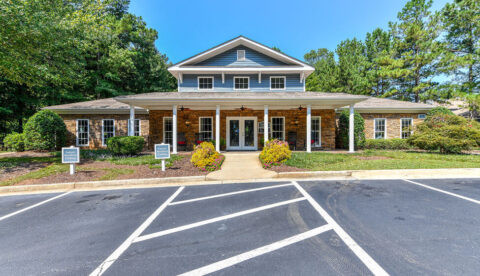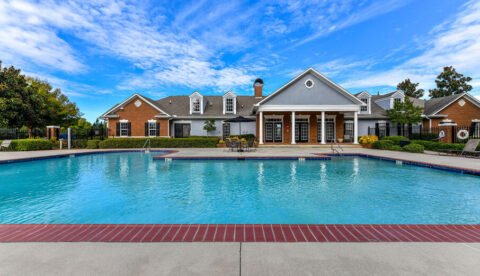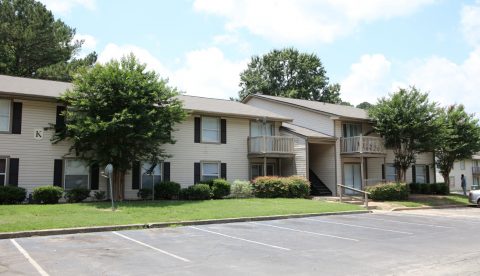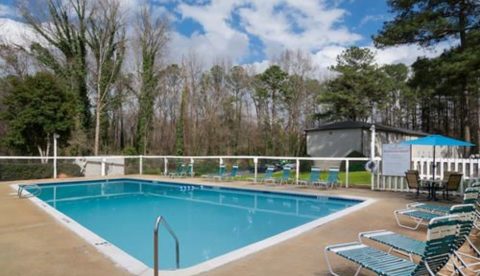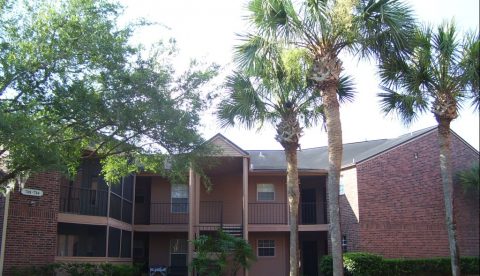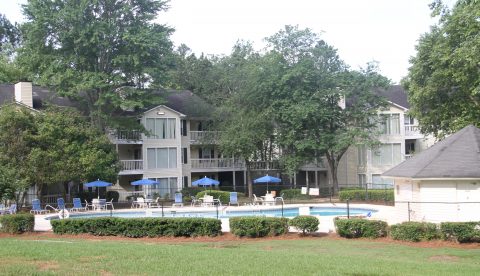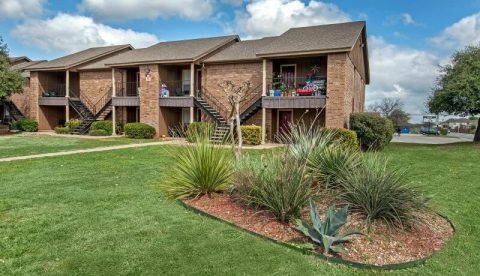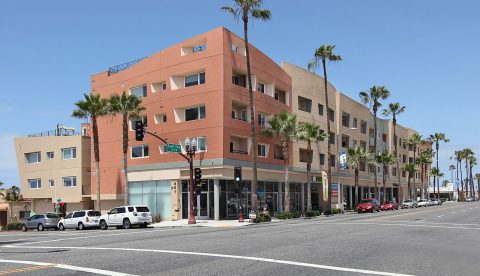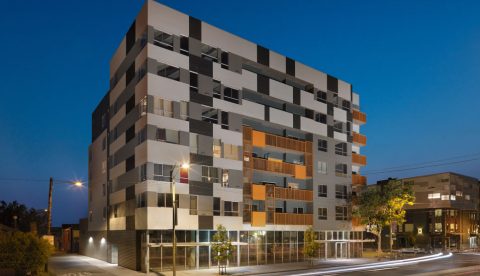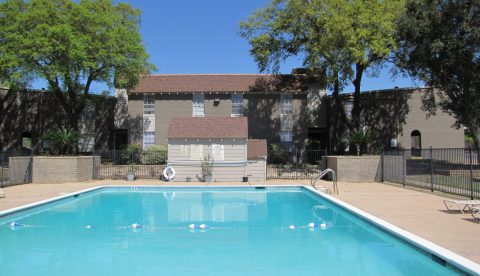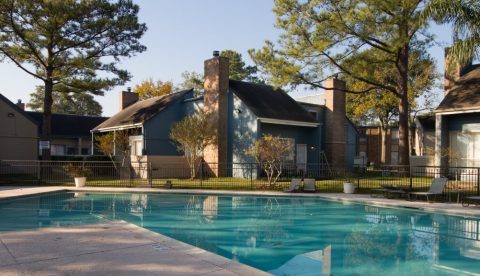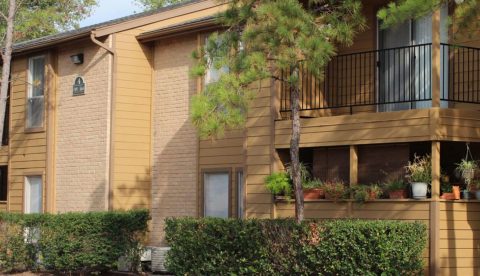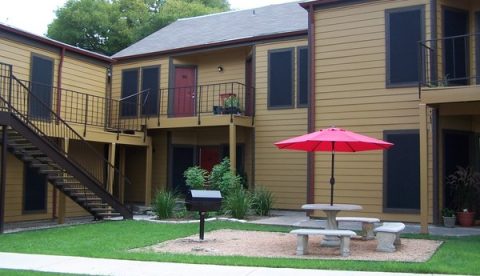A Quick Guide To Property Classes: Which Are Right For Your Portfolio?

Which classes of property are right for your investment portfolio?
If you’ve started digging into potential real estate investments, you may have come across terms like Class A, B & C properties. What do they mean? Which are best?
Properties, and often locations are graded by professional investors. Typically, this runs on a scale from A-D. Here’s how they are different…
Class A Properties
Class A properties are the highest quality buildings in the most prime locations. Think Fifth Avenue in Manhattan or Rodeo Drive in LA. As such, they command the highest rents.
These properties are typically going to be in the best condition, and have lower vacancy rates. They are seen as lower risk, steady workhorses for investors.
Their premium ranking also means they are generally more expensive. The yields and cap rates are going to be much lower than on other classes of property. They are more like a blue-chip stock. They are pricey, should hold their value the best, but may have the lowest returns. Their main risk factor is excessive new construction in the immediate area.
Class B Properties

These properties are the next step down from Class A. They are still in pretty good areas. Buildings are likely a little older and not as fancy. Rents may be a little lower. Class A properties can fall into Class B through deferred maintenance and poor management as well.
These buildings may not be as prestigious as their A counterparts, though can often be brought up to A Class standards with retrofitting, new management and better leasing. This can offer great value-add opportunities.
They are still easy to finance, rent well and should deliver stable performance over the long term. Investors will often find these properties offer better cap rates and yield than Class A.
Class C Properties
These are properties in less desirable areas than the above. Buildings are normally at least 30 years old. They will generally benefit from significant updating and repairs. Rents will be lower, and vacancy rates may be slightly higher.
This all translates into lower acquisition prices. Though these opportunities can deliver the best cash flow and returns if managed well. Over the long term, they can grow in appeal and value very well. There is always a new neighborhood on the fringes which is the beneficiary of revitalization programs and dollars, and which is the next trendy zone for artists and startup businesses. These can be more like your Google or Uber stock when they started out, only with the advantage of brick and mortar security for your capital.
Class D Properties
Anything Class D and below is generally in a rougher neighborhood and needs a lot of work. Aging buildings, often requiring substantial repairs or teardowns. Low rents, with crime being very common. Vacancy and turnover rates can be very high. Potential yields may be very appealing to offset the higher risk, though these properties will also be very management intensive.
The Quick Guide for Apartment Property Classes

Class A: You really wish you could afford to live here
Class B: You would live here
Class C: You could live here if you had to
Class D and Below: You’d rather sleep on the street and had better have a bulletproof vest




